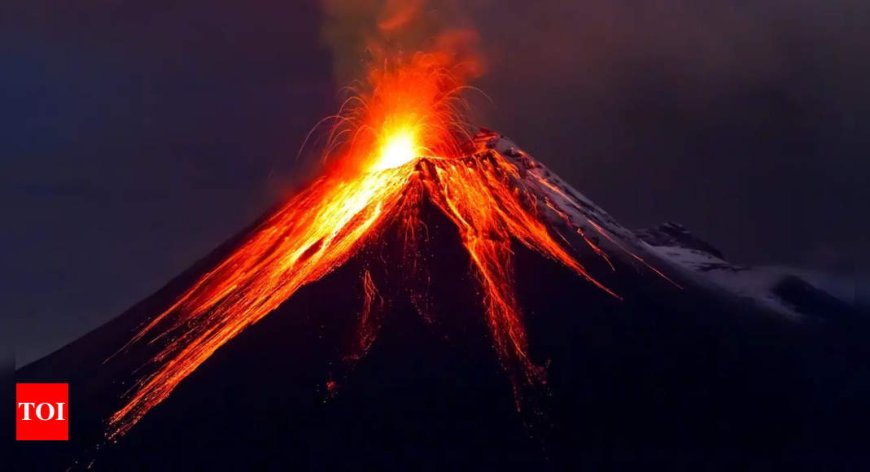Massive volcanic catastrophe could hit the Pacific Northwest
Scientists warn of a catastrophic volcanic hazard called no-notice lahars in the Pacific Northwest. These sudden landslides, triggered by factors like heavy rainfall, glacial melt, or seismic activity, could occur without warning and cause massive destruction. Monitoring stations with real-time sensors are in place, but communities have very little time to react, emphasizing the need for frequent evacuation drills.

Massive Volcanic Catastrophe Could Hit the Pacific Northwest
News by dharmyuddh.com
Understanding the Potential Impact of Volcanic Eruptions
The Pacific Northwest, known for its stunning landscapes and rich natural resources, faces a looming threat as scientists warn of a possible massive volcanic catastrophe. With several dormant volcanoes in the region, the potential for explosive eruptions is a subject of intense study and concern. Recent research highlights volcanic activity patterns that could signal an impending eruption, raising alarms for residents and government officials alike.
Historical Context of Volcanic Activity
Historically, the Pacific Northwest has experienced significant volcanic events, including the 1980 eruption of Mount St. Helens, which resulted in widespread destruction and long-term environmental effects. Understanding past eruptions is crucial for scientists to predict future volcanic activity and assess risks to the population and infrastructure. With technologies advancing in geology and monitoring, researchers can analyze seismic activity and gas emissions that often precede eruptions.
The Science Behind Volcanoes
Volcanic eruptions can be triggered by various geological processes, including magma movement beneath the Earth's crust. This movement can create pressure that may lead to an explosive eruption. Scientists utilize sophisticated monitoring systems to track these processes, allowing for timely warnings. Communities in the Pacific Northwest are urged to stay informed and prepared, as the consequences of such natural disasters can be devastating.
Preparedness and Mitigation Strategies
In light of the potential volcanic threats, local authorities are developing emergency preparedness plans to protect residents. Educational campaigns aim to inform the public about evacuation routes, safety protocols, and emergency kits. By fostering community resilience, officials hope to mitigate the impact of any future volcanic event significantly.
Conclusion: Staying Informed for Safety
As the Pacific Northwest continues to face the threat of a massive volcanic catastrophe, it is crucial for residents to remain vigilant and informed. Stay updated on the latest scientific findings and government advisories. For more updates, visit dharmyuddh.com to stay ahead of potential natural disasters and learn how you can protect yourself and your community. Keywords: Pacific Northwest volcanic eruption, volcanic catastrophe in the Pacific Northwest, volcano safety tips, Mount St. Helens history, volcanic activity monitoring, preparedness for volcanic eruptions, community resilience against natural disasters, signs of impending volcanic eruptions.







